A better outlook for Brazil
Brazil’s approach to Covid-19 has been a disaster, but the crisis may now have passed the peak, says Cris Sholto Heaton.


Whether your view about how to manage Covid-19 leans more towards Sweden or New Zealand, most people agree that Brazil has seen a catastrophe. The disease has spread widely, overwhelming the healthcare system in many areas. There have been 4.78 million confirmed cases (the real number is far higher) and 143,000 reported deaths. If the average age of the population wasn’t so young (around 33 years), the consequences would have been even worse. Yet it’s possible that Brazil has suffered so badly that it’s closer to the end of crisis than many other parts of the world. This is obviously not a cause for celebration. But it is a point that investors may want to watch because it may provide insight into how quickly countries that are struggling badly with Covid-19 could get back to normality.
Out of control
One of the worst-hit areas is Manaus, a city of 1.8 million in the Amazon. Covid-19 spread especially rapidly there, probably due to cramped conditions. Almost 2,500 deaths have been recorded (the real figure will be higher), equal to 0.14% of the population. But cases and then deaths began to decline sharply in June and had almost vanished as of early September. And a recent study* suggests that between 44% and 66% of people may have been infected and developed antibodies. This is striking because even the upper end of this range is lower than the number of people that models suggest would be infected when the virus spreads in an uncontrolled way (the study estimates up to 89%). This might support the idea that the pandemic can ease from a crisis to a severe problem at lower levels of immunity – through infection or vaccination – than worst-case scenarios suggest (see below).
Before jumping to conclusions, note that Manaus has seen an uptick in cases in recent days. It remains to be seen if this the start of another wave or a small outbreak that can be contained (we must expect outbreaks for years to come). But if – and it’s a huge if – Covid-19 has burned out, it might offer an idea of what may happen in the rest of Brazil. Both daily cases and deaths are now declining on a national level, although the trajectory and the mortality rate in Manaus imply that deaths will be well over 200,000. This may suggest the end is at least visible, in which case Brazil’s IPO boom (see page 6) and the fact that the market has rebounded from its March lows (even if it is down 35% for the year) isn’t entirely baffling. The Covid-19 crisis has followed several years of economic misery. It could now be that Brazil has hit a very grim bottom and is set to recover.
MoneyWeek
Subscribe to MoneyWeek today and get your first six magazine issues absolutely FREE

Sign up to Money Morning
Don't miss the latest investment and personal finances news, market analysis, plus money-saving tips with our free twice-daily newsletter
Don't miss the latest investment and personal finances news, market analysis, plus money-saving tips with our free twice-daily newsletter
*Covid-19 herd immunity in the Brazilian Amazon, Buss et al (pre-print, not peer-reviewed)
I wish I knew what these epidemiological data are, but I’m too embarrassed to ask
The infection fatality ratio (IFR) is the number of people who die of a disease divided by the number who become infected. The average IFR for Covid-19 is estimated to be 0.5-1% (possibly towards the lower end). The true figure is still highly uncertain since deaths are often well documented but total infections are not. The Covid-19 IFR varies greatly by age, so demographics means countries can have very different IFRs.
The case fatality ratio (CFR) is the number of deaths divided by the diagnosed cases. CFRs will be affected by how much testing and detection takes place. With Covid-19, CFRs in almost all countries are far higher than IFRs because most cases are not recorded.
The mortality rate is total deaths in a specific period of time divided by population.
The basic reproduction number (Ro) is the average number of people that each infected person will go on to infect in a population where everybody is susceptible to the disease. Ro is affected by the conditions in which people live and their behaviour, so it will vary between outbreaks. The typical Ro for Covid-19 is unclear, but probably between two and four. As people become immune, the number that each person infects falls. This is measured by the effective reproduction number R (or Re or Rt) at that time. It is calculated as R = s × Ro, where s is the share of the population still susceptible.
The herd immunity threshold is the proportion who must be immune for disease to stop spreading. In a homogenous population that mixes randomly, this is equal to (Ro − 1) ÷ Ro (eg, would be 60% if Ro was 2.5), but may be lower if some people are more likely than others to catch it. For Covid-19, some models suggest the threshold may be closer to 40%, but this is not proven.
The attack rate is the proportion who end up infected in a specific period of time. If spread is uncontrolled, it may overshoot the herd immunity threshold.
Get the latest financial news, insights and expert analysis from our award-winning MoneyWeek team, to help you understand what really matters when it comes to your finances.
Cris Sholto Heaton is an investment analyst and writer who has been contributing to MoneyWeek since 2006 and was managing editor of the magazine between 2016 and 2018. He is especially interested in international investing, believing many investors still focus too much on their home markets and that it pays to take advantage of all the opportunities the world offers. He often writes about Asian equities, international income and global asset allocation.
Cris began his career in financial services consultancy at PwC and Lane Clark & Peacock, before an abrupt change of direction into oil, gas and energy at Petroleum Economist and Platts and subsequently into investment research and writing. In addition to his articles for MoneyWeek, he also works with a number of asset managers, consultancies and financial information providers.
He holds the Chartered Financial Analyst designation and the Investment Management Certificate, as well as degrees in finance and mathematics. He has also studied acting, film-making and photography, and strongly suspects that an awareness of what makes a compelling story is just as important for understanding markets as any amount of qualifications.
-
 £100 contactless card limit to be lifted
£100 contactless card limit to be liftedConsumers will be able to set their own contactless limits from March 2026, under new rules from the Financial Conduct Authority
-
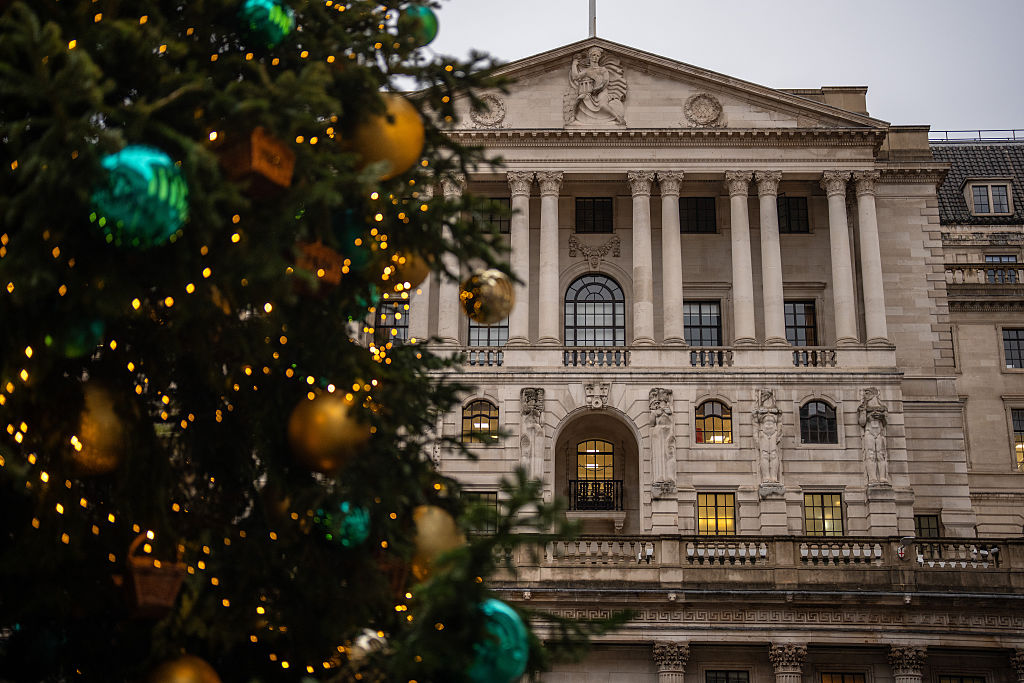 MoneyWeek news quiz: How much did the Bank of England cut interest rates by?
MoneyWeek news quiz: How much did the Bank of England cut interest rates by?Quiz Interest rates, inflation, unemployment, and bank closures all made headlines this week. How closely were you following the news?
-
 The mistakes pharmaceutical companies made with their Covid vaccines
The mistakes pharmaceutical companies made with their Covid vaccinesOpinion Covid-19 looked as if it would mark the start of a golden age for the pharmaceutical industry. It’s not worked out that way, says Matthew Lynn.
-
 Asian economies must adjust to Covid-19
Asian economies must adjust to Covid-19News Asian countries have kept tight restrictions, and are only slowly rolling out vaccines. Markets are subdued, but better times may be coming.
-
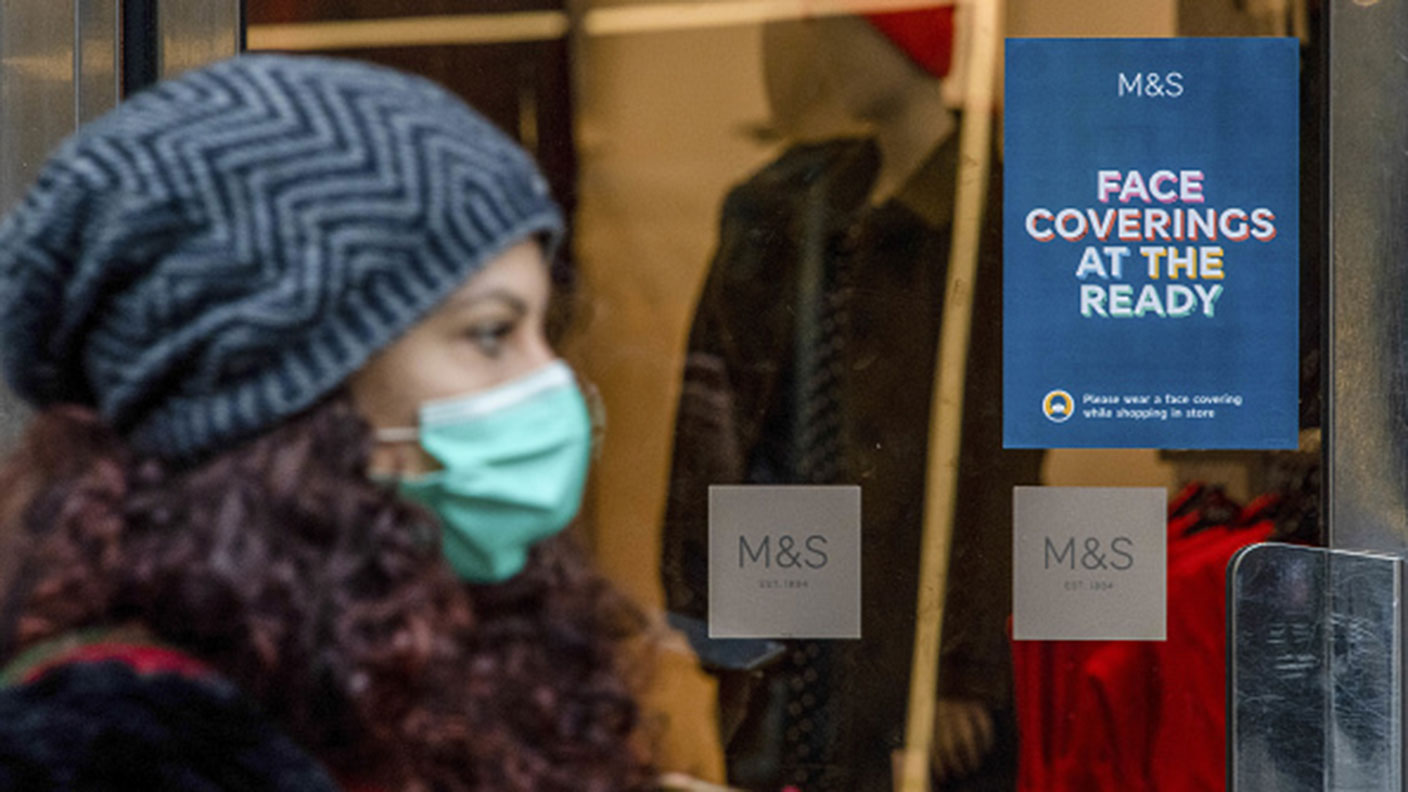 What tightening Covid rules mean for your money
What tightening Covid rules mean for your moneyAnalysis The government has introduced new rules to slow the spread of Covid. John Stepek looks at what they could mean for the markets, interest rates, and your money.
-
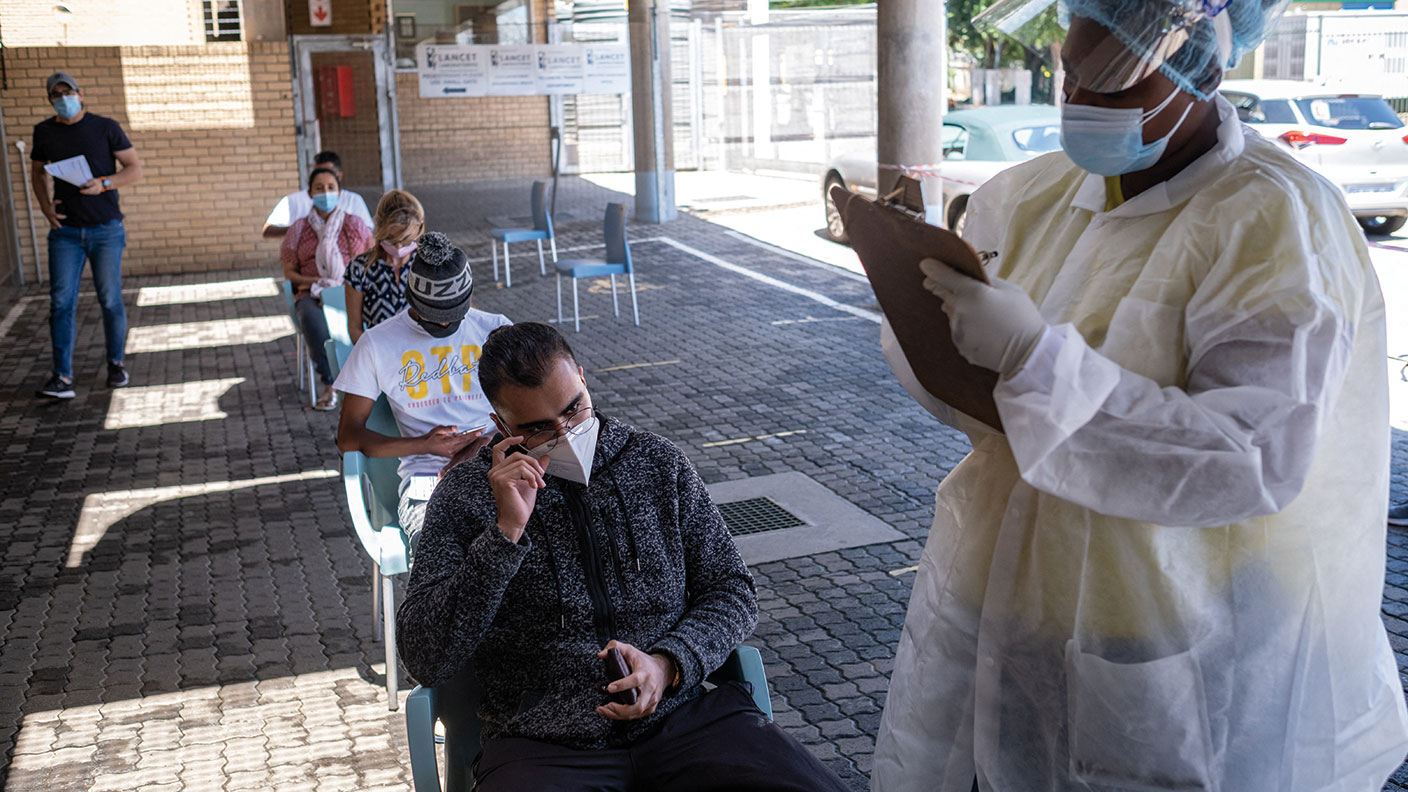 Stockmarkets are trading on thin ice as Omicron variant spreads
Stockmarkets are trading on thin ice as Omicron variant spreadsNews The Omicron variant of Covid-19 is driving stockmarkets down, with travel and leisure stocks particularly badly hit.
-
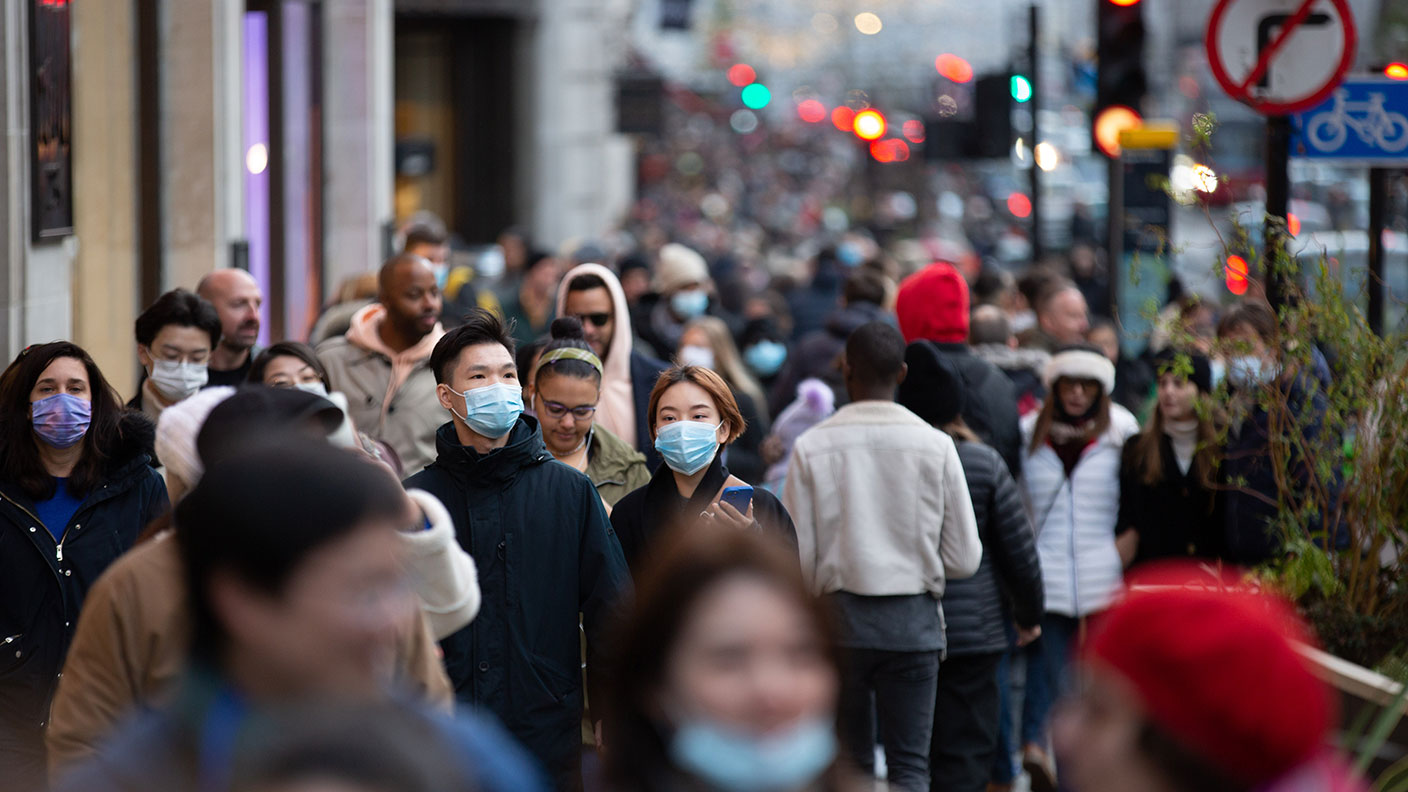 What the Omicron variant means for your money
What the Omicron variant means for your moneyAnalysis The Omicron variant of Covid-19 is panicking the markets. Will we see a new lockdown? What does it mean for the economic recovery, for inflation and for your portfolio? John Stepek explains.
-
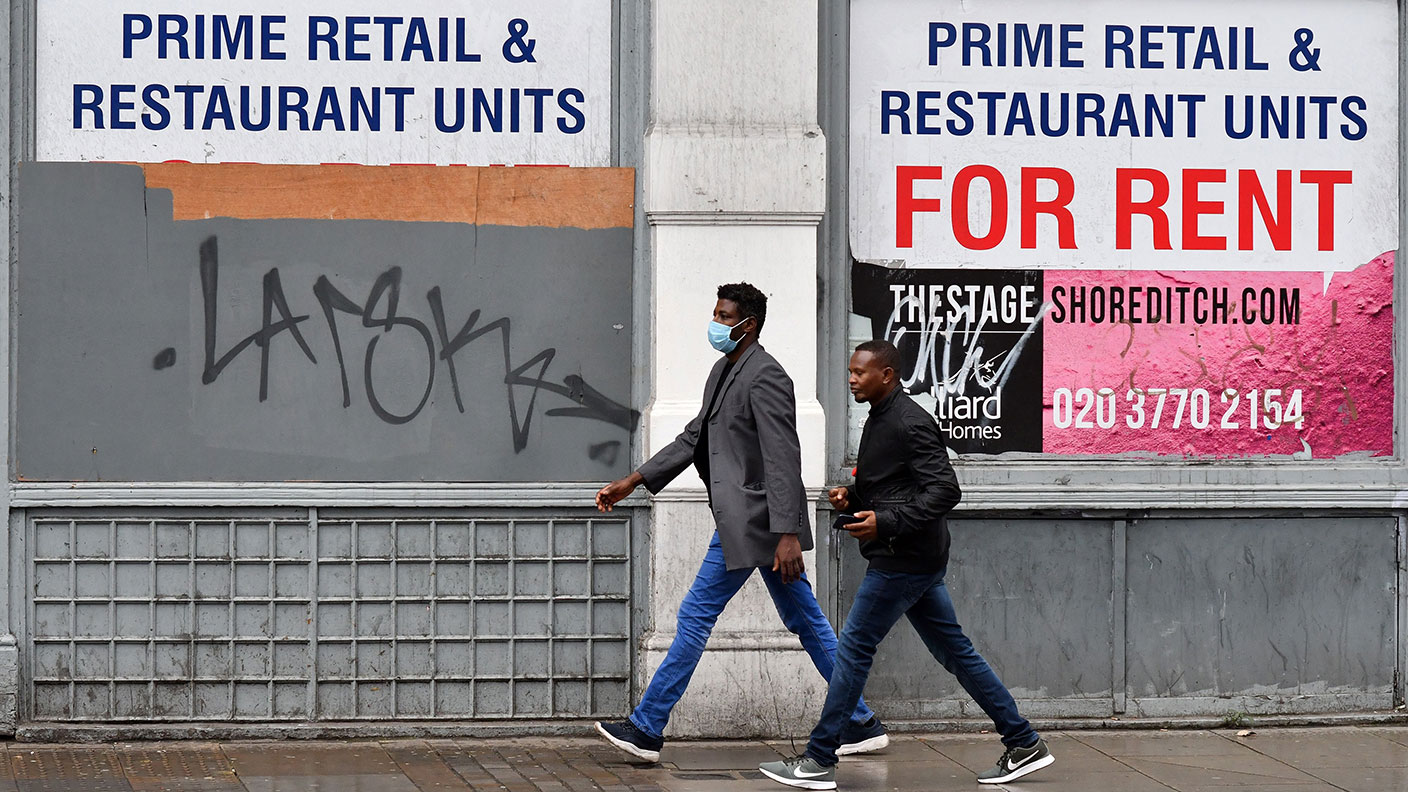 Coronavirus has had less of an impact on UK property than you might think
Coronavirus has had less of an impact on UK property than you might thinkAnalysis The UK property market looked to have been turned upside-down as people abandoned city flats to work from more spacious homes in the country, while offices and shops remained shut. But as it turned out, the change was less dramatic. Max King explains.
-
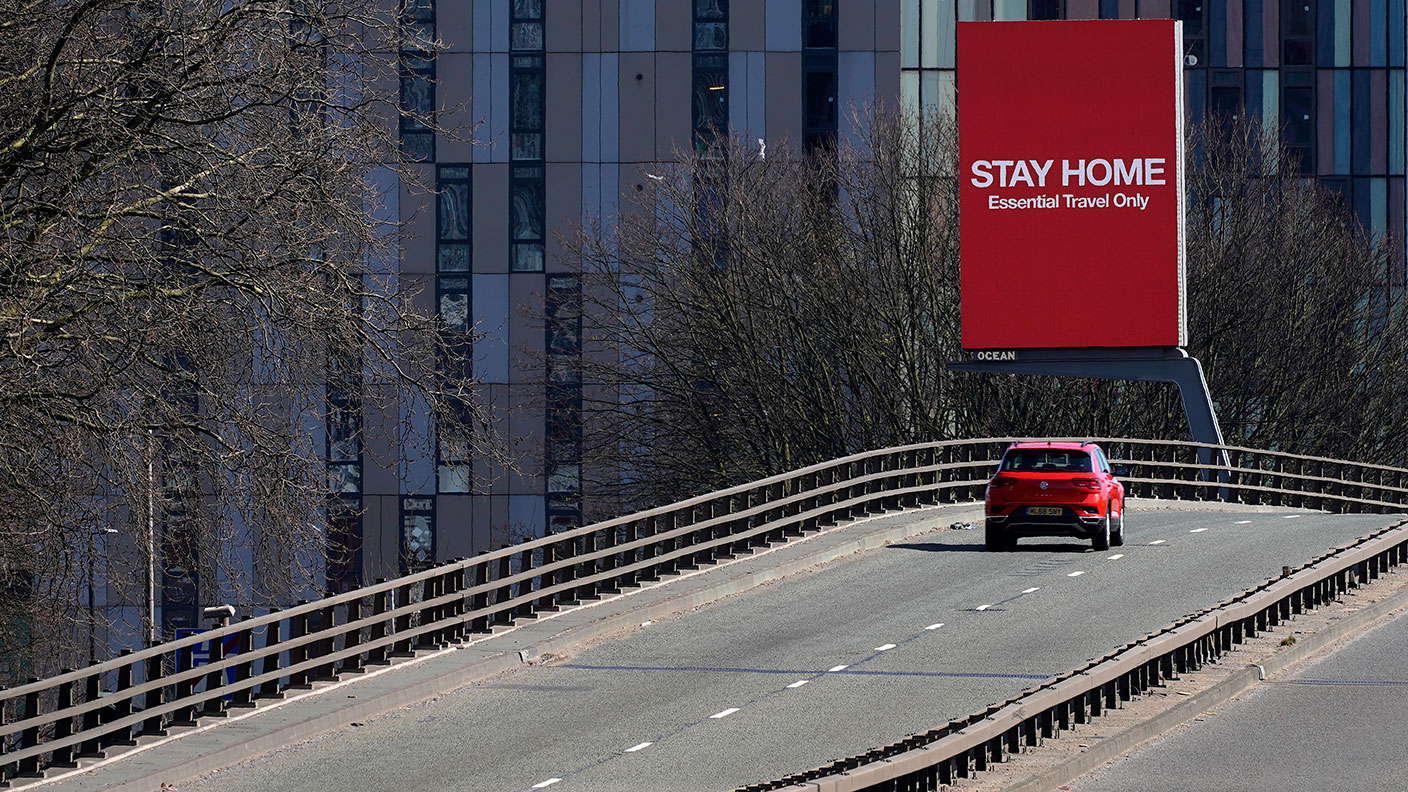 What would another lockdown mean for markets?
What would another lockdown mean for markets?Analysis A nasty new strain of Covid-19 has already sent markets tumbling, with the threat of further lockdowns now in the air. John Stepek looks at what that could mean for your wealth.
-
 The UK after the pandemic: the outlook for smaller companies
The UK after the pandemic: the outlook for smaller companiesSponsored John Stepek talks to Roland Arnold of the FTSE 250-listed BlackRock Smaller Companies Trust about the outlook for markets and smaller companies in general as the post-pandemic recovery falters.
